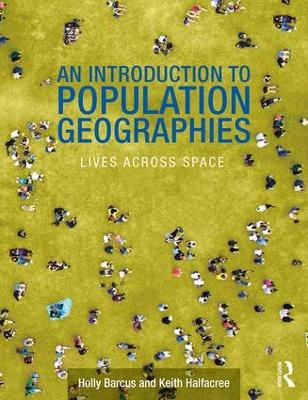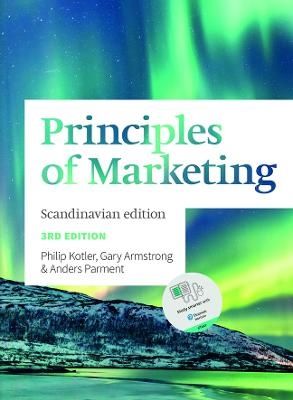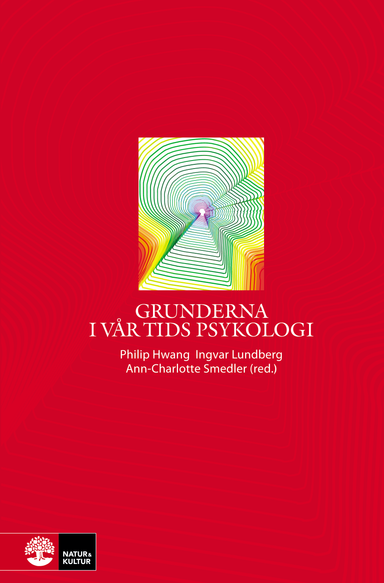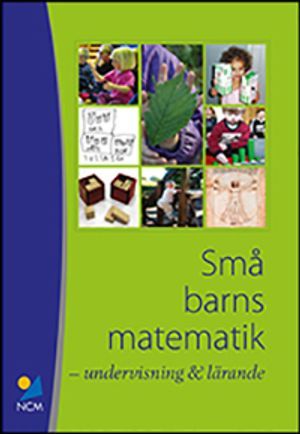

An Introduction to Population Geographies Upplaga 1
- Upplaga: 1a upplagan
- Utgiven: 2017
- ISBN: 9780415569941
- Sidor: 398 st
- Förlag: Routledge
- Format: Inbunden
- Språk: Engelska
Om boken
An Introduction to Population Geographies provides a foundation to the incredibly diverse, topical and interesting field of twenty-first-century population geography. It establishes the substantive concerns of the subdiscipline, acknowledges the sheer diversity of its approaches, key concepts and theories and engages with the resulting major areas of academic debate that stem from this richness.
Written in an accessible style and assuming little prior knowledge of topics covered, yet drawing on a wide range of diverse academic literature, the book's particular originality comes from its extended definition of population geography that locates it firmly within the multiple geographies of the life course. Consequently, issues such as childhood and adulthood, family dynamics, ageing, everyday mobilities, morbidity and differential ability assume a prominent place alongside the classic population geography triumvirate of births, migrations and deaths. This broader framing of the field allows the book to address more holistically aspects of lives across space often provided little attention in current textbooks. Particular note is given to how these lives are shaped though hybrid social, biological and individual arenas of differential life course experience. By engaging with traditional quantitative perspectives and newer qualitative insights, the authors engage students from the quantitative macro scale of population to the micro individual scale.
Aimed at higher-level undergraduate and graduate students, this introductory text provides a well-developed pedagogy, including case studies that illustrate theory, concepts and issues.
Åtkomstkoder och digitalt tilläggsmaterial garanteras inte med begagnade böcker
Mer om An Introduction to Population Geographies (2017)
I augusti 2017 släpptes boken An Introduction to Population Geographies skriven av Holly R Barcus, Keith Halfacree. Det är den 1a upplagan av kursboken. Den är skriven på engelska och består av 398 sidor. Förlaget bakom boken är Routledge.
Köp boken An Introduction to Population Geographies på Studentapan och spara uppåt 64% jämfört med lägsta nypris hos bokhandeln.
Referera till An Introduction to Population Geographies (Upplaga 1)
Harvard
Barcus, H. R. & Halfacree, K. (2017). An Introduction to Population Geographies. 1:a uppl. Routledge.
Oxford
Barcus, Holly R & Halfacree, Keith, An Introduction to Population Geographies, 1 uppl. (Routledge, 2017).
APA
Barcus, H. R., & Halfacree, K. (2017). An Introduction to Population Geographies (1:a uppl.). Routledge.
Vancouver
Barcus HR, Halfacree K. An Introduction to Population Geographies. 1:a uppl. Routledge; 2017.



















